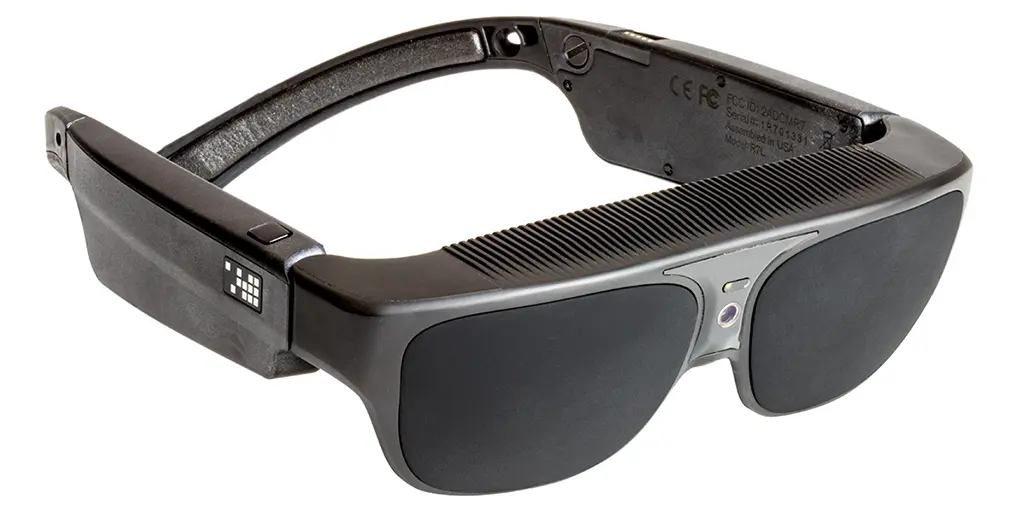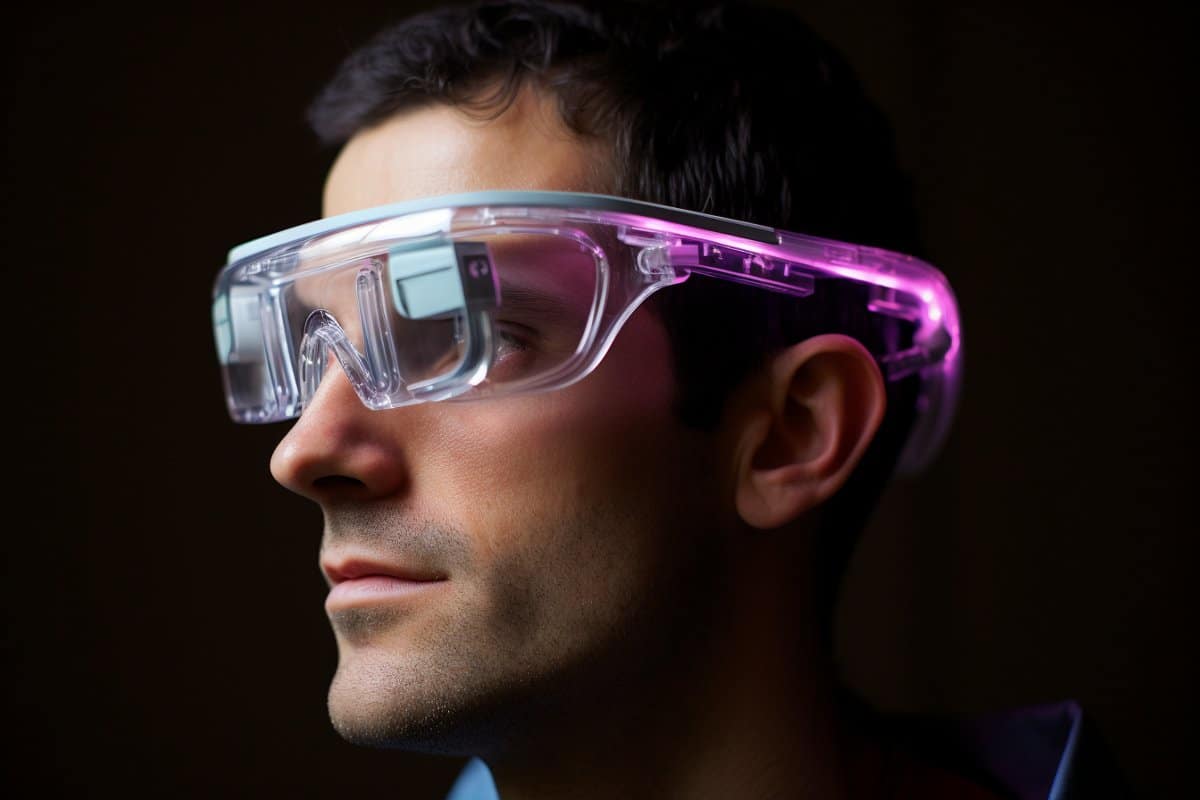Empowering Self-reliance With Assistive Modern Technology for the Blind
The integration of assistive technology for people that are visually impaired or blind stands for a substantial advancement in fostering independence and enhancing lifestyle. With an array of tools-- from display readers to innovative tactile tools-- these technologies not just assist in navigating and interaction yet additionally promote social addition and participation in various aspects of life. As we discover the varied sorts of assistive gadgets and their real-world applications, it becomes clear that the effect is profound. Yet, the advancement of this modern technology increases vital inquiries about ease of access and future advancements that necessitate additional examination. Assistive technology for the blind.
Understanding Assistive Technology
Although assistive technology has advanced dramatically over the years, its basic purpose continues to be the exact same: to improve the high quality of life for individuals with disabilities, specifically those who are blind or aesthetically damaged. This technology incorporates a wide range of tools and tools that assist in freedom and capability in daily activities.
Assistive modern technology can be classified into low-tech and state-of-the-art services, each designed to fulfill particular requirements. Modern tools commonly consist of software application applications, specialized hardware, and adaptive devices that use advanced technology to provide assistance in different contexts. On the other hand, low-tech solutions may include day-to-day things that are modified to improve access, such as magnifiers or responsive pens.
The combination of assistive technology right into the lives of individuals who are blind or visually impaired not just advertises autonomy however additionally promotes social addition and involvement in academic and expert settings. By leveraging these innovations, customers can navigate their environments, accessibility information, and communicate efficiently, therefore enhancing their total lifestyle. Comprehending assistive innovation is critical for advocates, professionals, and caretakers who intend to support individuals in optimizing their possible and attaining better independence.
Kinds Of Assistive Devices
Assistive gadgets for the visually impaired and blind are necessary tools that boost daily living by resolving details obstacles run into by individuals. These tools can be extensively categorized into 3 major types: optical tools, digital tools, and sensory tools.

Sensory tools, such as Braille screens and responsive maps, offer alternative methods to receive details. Braille displays transform electronic message into Braille, allowing individuals to review touch. Tactile maps provide spatial understanding via raised lines and structures, allowing for better environmental understanding.
Together, these assistive devices encourage individuals with visual impairments to involve even more totally with their surroundings, advertising greater independence and self-confidence in daily tasks.

Impact on Daily Life
The assimilation of assistive innovation right into the day-to-days live of people that are aesthetically impaired or blind substantially improves their capability to communicate and navigate with the world around them. Tools such as display readers, Braille displays, and mobile applications help with access to details, permitting users to engage with digital web content, interact successfully, and manage day-to-day tasks separately.
In addition, innovations like clever glasses and click for more navigation apps give real-time aid in unknown environments, enhancing wheelchair and confidence. These tools make it possible for individuals to determine challenges, read indications, and even identify faces, therefore cultivating a sense of freedom in public spaces. In addition, home automation systems, which can be controlled via voice commands, permit people to manage their living atmospheres better, boosting comfort and safety and security.
The influence of assistive innovation expands past sensible tasks; it promotes social inclusion and emotional health. By bridging the space between individuals and their surroundings, these technologies equip customers to participate totally in community tasks, seek educational chances, and take part in significant relationships. Inevitably, the development of assistive technology contributes in redefining the opportunities for people that are blind or aesthetically impaired, link causing a much more comprehensive and obtainable society.
Success Stories and Testimonials

An additional effective testimonial comes from Mark, a current college graduate who utilized display reading software program throughout his scholastic trip. This modern technology allowed him to access training course products and participate in discussions, eventually resulting in his effective change into the labor force. Mark debts assistive technology for encouraging him to attain his job goals, highlighting its function in leveling the playing field for individuals with aesthetic problems.
Additionally, community centers have actually reported increased participation in their programs thanks to the introduction of easily accessible electronic platforms. These platforms have actually made it less complicated for people to connect, share resources, and support each other. These success tales collectively highlight the profound impact of assistive modern technology in promoting freedom, boosting quality of life, and damaging down obstacles for the blind and aesthetically impaired neighborhood.
Future Trends in Assistive Technology
Arising technologies are positioned to reinvent the landscape of assistive technology for individuals that are blind or aesthetically impaired. Technologies in fabricated knowledge (AI) and maker discovering are improving the capabilities of devices, making it possible for more instinctive individual experiences. For circumstances, AI-driven applications are significantly able to check out and recognize items message out loud in real-time, giving users with useful information concerning their environments.
In addition, advancements in wearable innovation are creating new opportunities for independence. Smart glasses furnished with enhanced reality functions can overlay essential information onto the user's line of vision, assisting in navigation and communication with the environment. Additionally, the integration of Net of Things (IoT) gadgets is enhancing accessibility in smart homes, enabling individuals to manage home appliances and get notifications with voice commands or tactile user interfaces.
The development of braille screens and tactile comments systems is also rising, advertising accessibility to electronic content and enhancing communication. As these innovations remain to develop, they assure to improve everyday living, instructional chances, and work prospects for people with aesthetic impairments. Continuous cooperation between engineers, customers, and campaigning for groups will certainly be important in making sure these advancements satisfy the needs of the neighborhood effectively.
Conclusion
To conclude, assistive innovation plays a critical duty in improving the freedom of people that are aesthetically damaged or blind. By offering essential tools and resources, these innovations facilitate improved accessibility, navigating, and communication to info, thus cultivating freedom and positive self-image. The transformative influence of assistive devices not only promotes effective communication with the environment however likewise urges social incorporation and participation in different facets of life, ultimately equipping customers to thrive within their neighborhoods.
The combination of assistive modern technology for individuals that are blind or visually impaired represents a significant advancement in promoting independence next page and improving quality of life.The integration of assistive innovation right into the lives of people that are blind or aesthetically hindered not only advertises freedom however likewise promotes social inclusion and participation in specialist and educational atmospheres. Inevitably, the improvement of assistive modern technology is important in redefining the opportunities for people who are blind or visually impaired, leading to an extra obtainable and inclusive culture.
Numerous individuals that are blind or aesthetically impaired have actually shared inspiring success stories that highlight the transformative effect of assistive modern technology on their lives.In final thought, assistive innovation plays a pivotal function in improving the self-reliance of individuals that are blind or visually damaged.